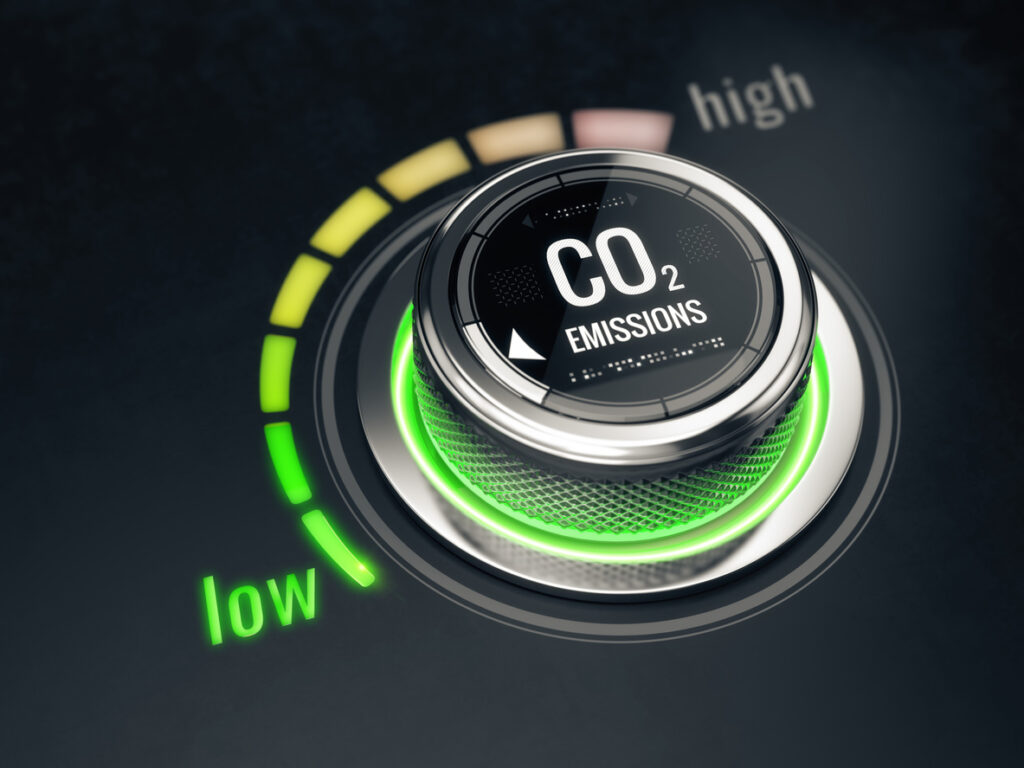The UK government has ambitious plans to achieve a net zero carbon output by 2050 [1] and to achieve this, individuals and businesses alike must play their part. Unlike many industries, couriers cannot work from home and are required to navigate across the country in order to make the collections and deliveries for which the industry exists. However, there are many ways that courier sustainability can be improved in order to support the achievement of the net zero plan.
Sustainability in the courier industry
There are three practical ways in which to improve courier sustainability. The first is to diversify vehicle fleets, swapping old and inefficient vehicles for more modern, low-emission vehicles and maintaining them well to ensure that they are operating as efficiently as possible. For eco friendly courier businesses that are involved in the last-mile market, swapping to emission-free modes of transport such as bicycles and electric scooters is an effective strategy.
The second way of improving sustainability is to promote the use of eco-conscious packing materials, with the aim of eliminating single-use plastics and other non-recyclable materials. Partnering with manufacturers and offering customers appropriate packaging materials as part of your service also allows you to link sell your services, thus generating additional profit.
Finally, couriers can reduce their environmental impact by working with local suppliers. This includes using local garages to service your vehicle fleet as well as seeking regular collections from local businesses. Minimising the distance travelled always reduces your carbon output.
How to incorporate eco-friendly practices
Becoming an eco-friendly courier requires making a genuine commitment to progress. Some of these changes will require financial investment, which in an unstable economic climate may not be the most appealing prospect.
Integrating digital technology into daily operations can increase efficiency and reduce your carbon footprint. Optimising your routes to ensure that vehicles are fully loaded upon leaving the depot and are covering as many stops on each run as possible is a practical way of reducing your carbon output and increasing productivity.
Your buildings and distribution centres can also be modernised to become more efficient, both in terms of energy efficiency and the efficiency with which work can be conducted within them. Insulating your offices and warehouses and using solar panels to generate electricity reduces the cost of heating and powering them, whilst installing energy saving bulbs and programmable lighting are reasonably cheap alterations that will deliver long-term savings.
Automating picking systems within your warehouses can improve the speed and accuracy with which consignments are stored, moved and distributed. Choosing electric forklifts rather than diesel models can also reduce your carbon footprint.
If you want to be an eco friendly courier and improve your green credentials, there are some relatively simple and cost-effective changes that you can implement in starting the journey.
Resources:
[1] https://www.gov.uk/government/publications/net-zero-strategy
